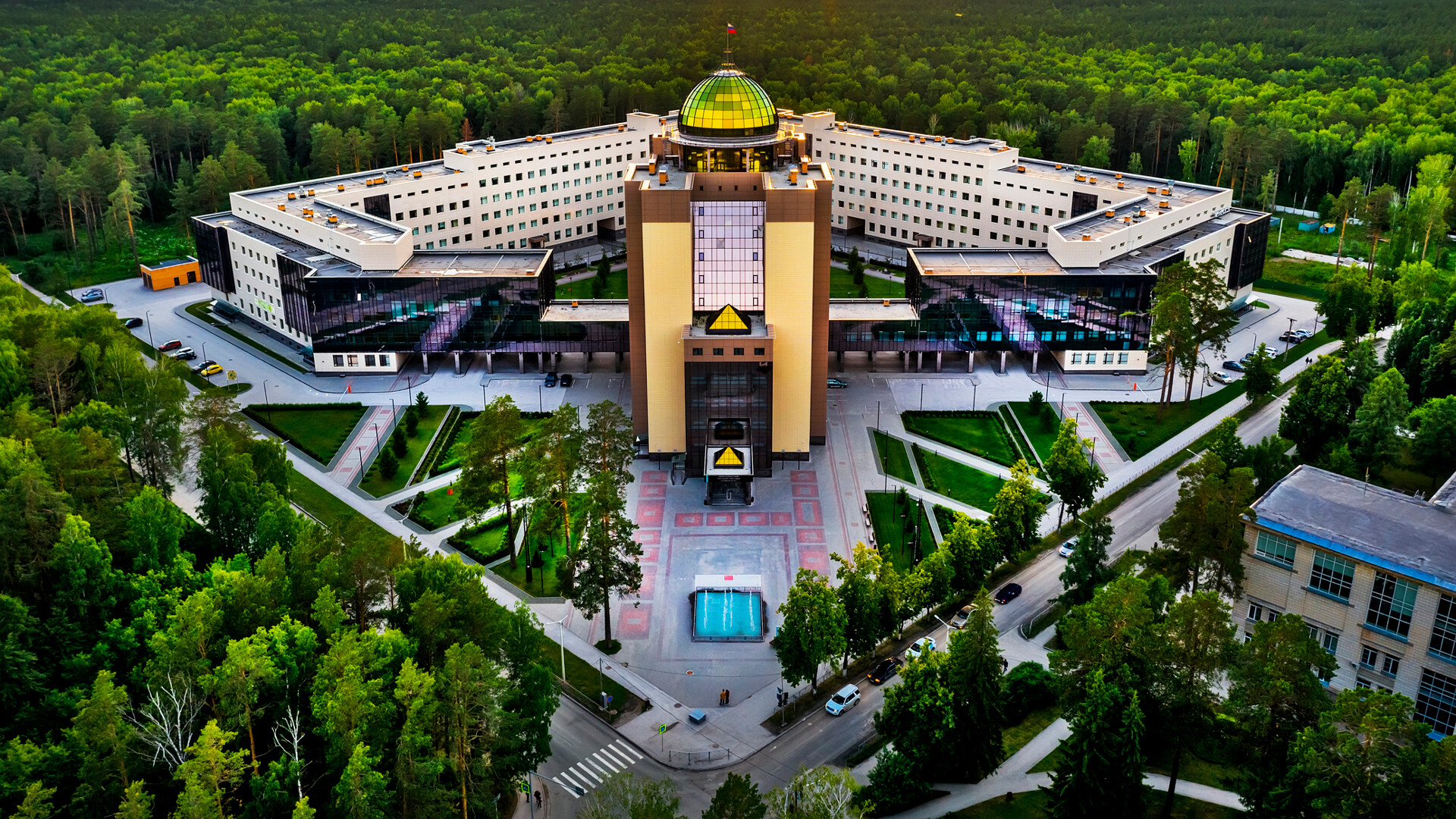
Novosibirsk State University.
Legion MediaImagine that you go for a walk in a forest in winter somewhere deep in Siberia and, on the way, encounter not bears or lynxes, but all kinds of scientists or, at the very least, students. They hurry through the thick woods to their places of work or study at dozens of research institutes. Such a forest does, indeed, exist just 20 km from Novosibirsk, a city with a population of over a million (it even featured in one of the episodes of a Russian language course for foreigners of the Soviet times).
“My father came here in 1961 to work at the Institute of Automation and Electrometry after graduating from the Tomsk Polytechnic Institute and my mother had arrived a year earlier to teach literature at school after graduating from Leningrad University,” says Anastasia Bliznyuk, who was born and grew up in Akademgorodok and used to work as a psychologist there and is now a keeper of its history and a tour guide. “At the time, it was a kind of social mobility elevator for young scientists, because, here, one could break into science relying entirely on one’s own abilities.”
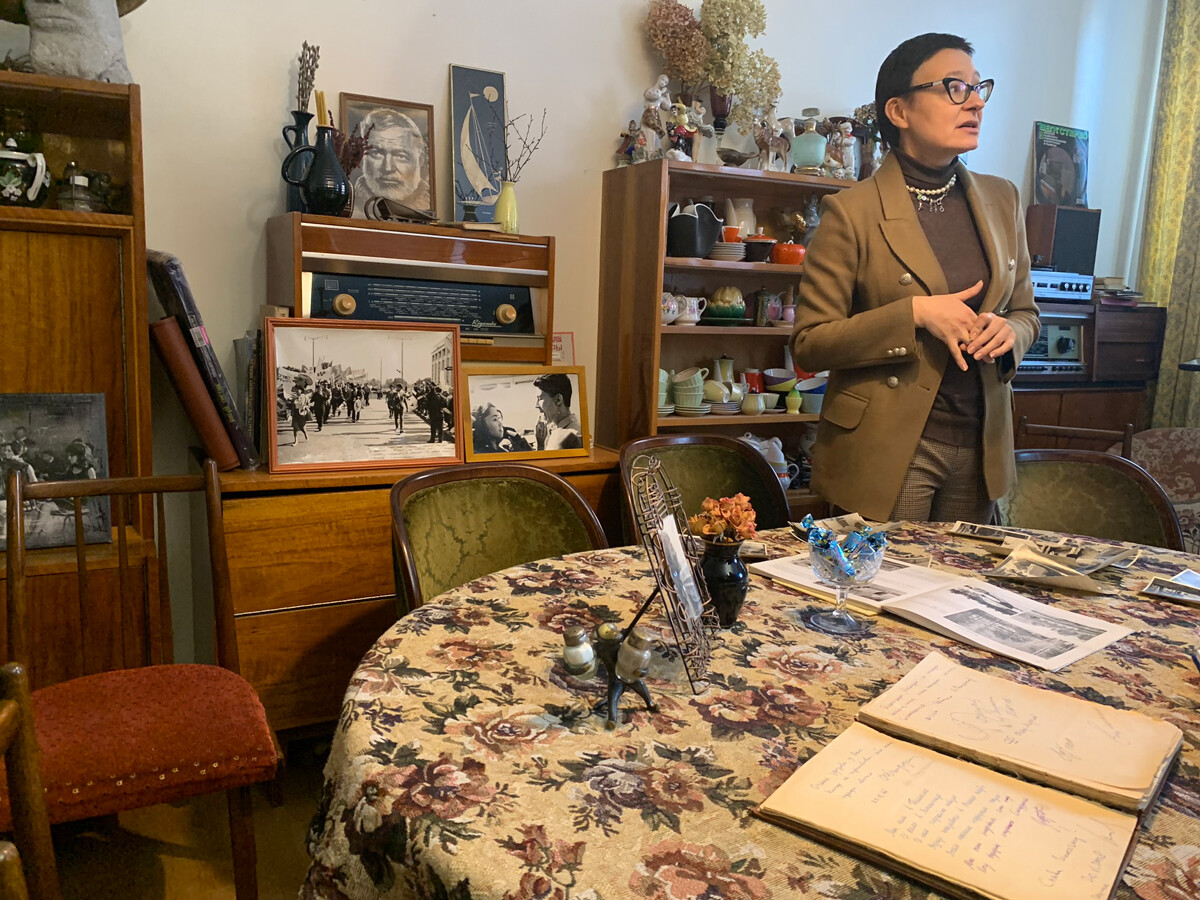
Anastasia in her apartment made in the style of 1960s, when scientists from all over the Soviet Union came here. This room is also a museum of that time.
Anna SorokinaAkademgorodok (literally ‘Academia Town’) was built in 1957 in the middle of a forest as a research center for the Siberian branch of the Russian Academy of Sciences, with a focus on physics, technology and natural sciences. The prominent mathematicians Mikhail Lavrentyev, Sergei Sobolev and Sergei Khristianovich had proposed the idea to the government and the latter gave the go ahead for it. Over time, similar “communities of scientists” - subdivisions of the Siberian Branch of the Russian Academy of Sciences - sprang up in Tomsk, Krasnoyarsk and Irkutsk, but Akademgorodok was the largest and most prestigious in the USSR.
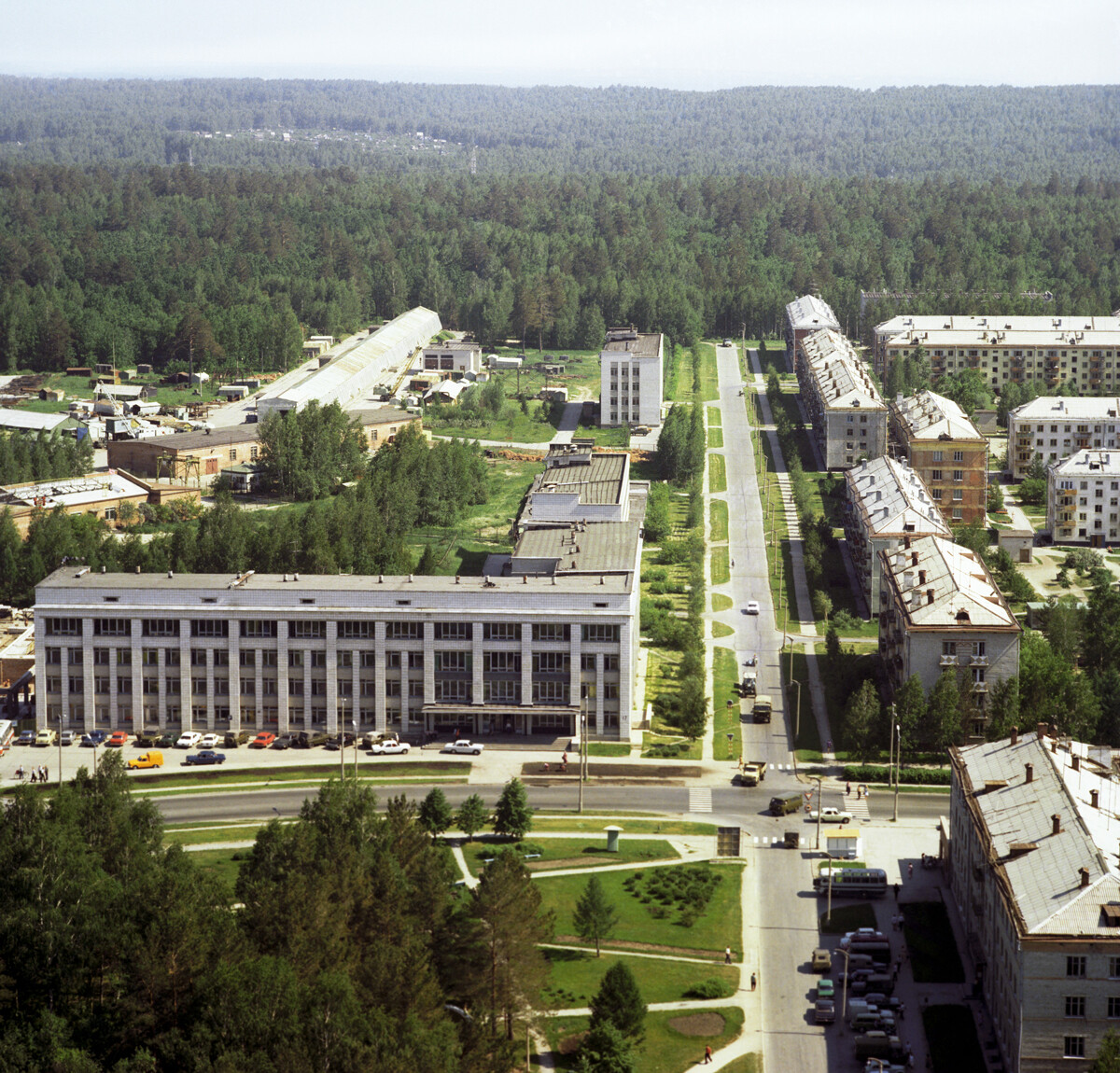
The Siberian Branch of the USSR Academy of Sciences, 1978.
Victor Budan, Anatoly Polyakov/TASSUp-and-coming scientists and ordinary workers began to arrive in distant, cold Siberia from all over the country. There was a special atmosphere and no-one wanted to leave the place. “We have examples of ordinary builders and workers who, while here, began to study, immersed themselves in science and then became doctors of science themselves,” says Anastasia.
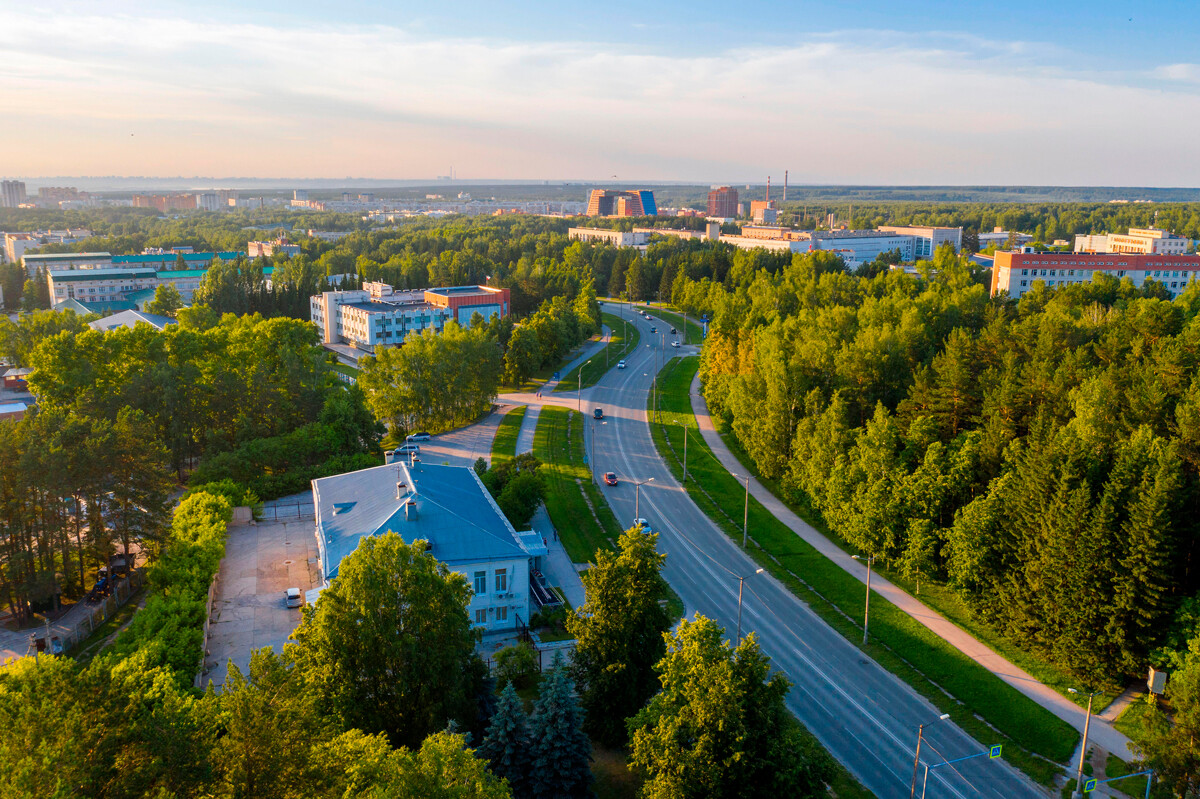
Lavrentyev Avenue.
Legion Media“The cleverest street in the world,” is how Academician Lavrentyev Avenue is often referred to by locals. There are more than 20 scientific-research institutes and laboratories situated on a stretch of just over two kilometers. Moreover, it was designed in such a way that the only route home from work passes through woods rather than busy roads. Nothing should distract from science.
The heart of Akademgorodok is the Institute of Nuclear Physics, where the first hadron colliders for the study of elementary particles were assembled. Now, scientists are working on a new synchrotron called SKIF (Russian abbreviation for Siberian Circular Photon Source). What is it required for? In short, it is needed to learn more about the structure of the universe and this is a subject that occupies the minds of today’s physicists around the world.
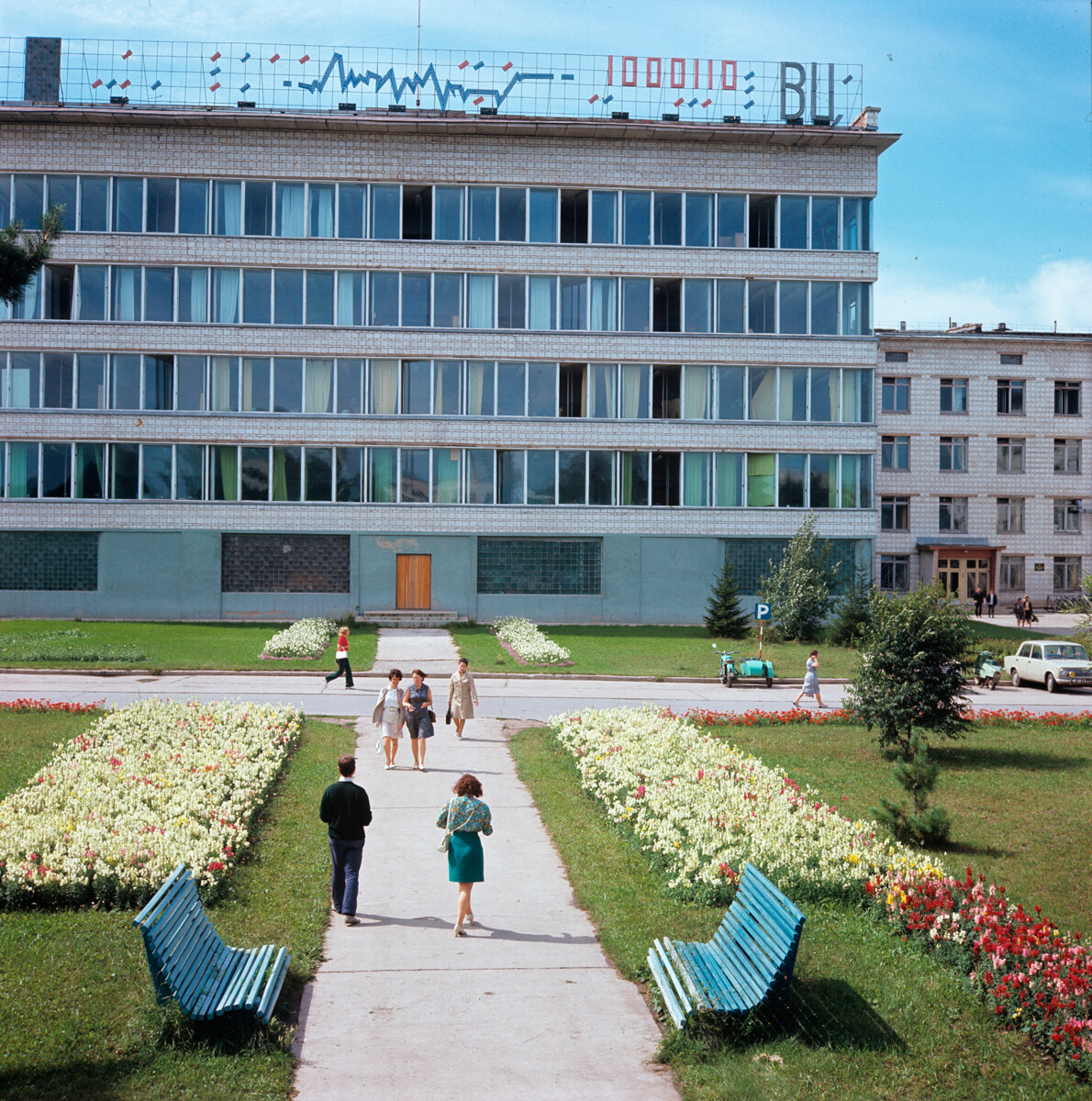
The building of the Computer Center of the Siberian Branch of the Academy of Sciences of the USSR. Akademgorodok, 1977.
A. Zubtsov/SputnikThe origin of man and the ethnogenesis of ethnic groups is studied at the Institute of Archeology and Ethnography. In the course of archeological digs, staff from the institute found an ancient Altai princess in the Ukok Plateau and decoded the DNA of remains found in the Denisova Cave in the Altai. It turned out that completely unknown representatives of the human race lived there.
Scientists from the Institute of Inorganic Chemistry are working on new materials - to be able, as they put it, “to make flash drives out of a plastic bottle”.
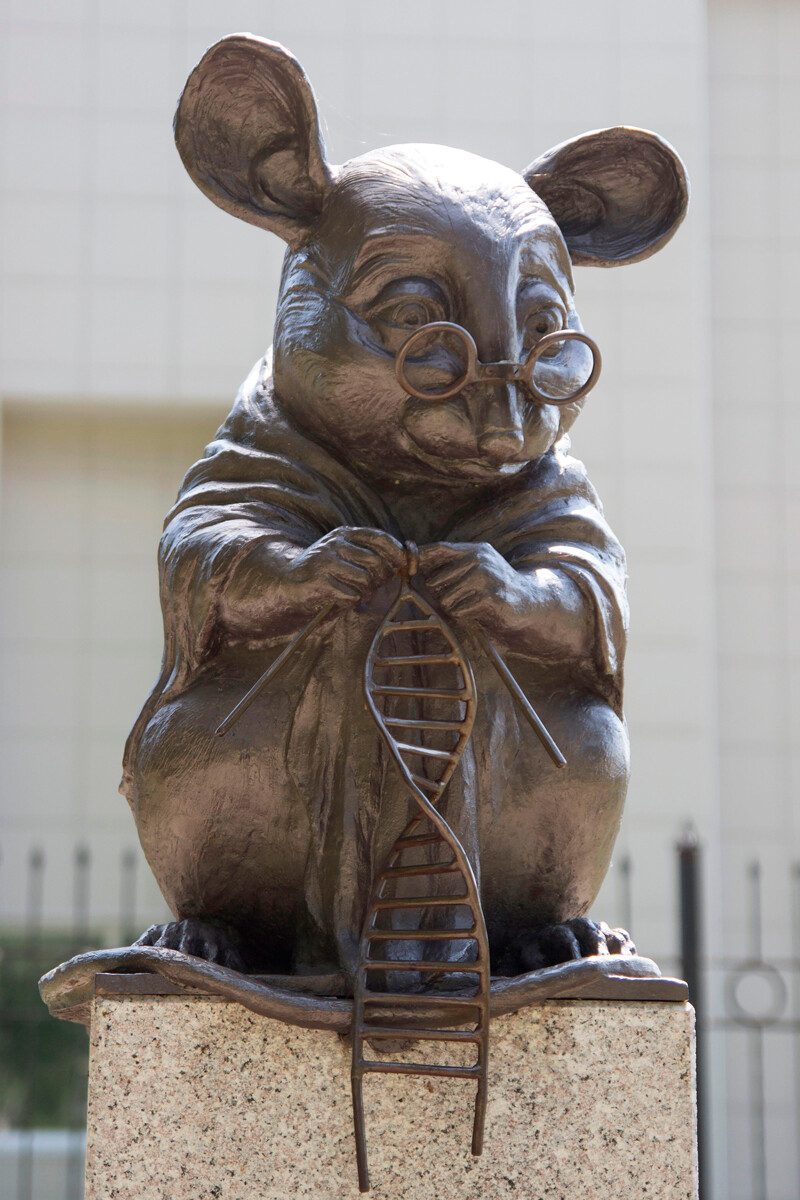
Monument to the laboratory mouse. It's knitting DNA!
Legion MediaThe Institute of Cytology and Genetics has reared domesticated foxes. In the natural course of events, the process of domestication takes thousands of years, but the Siberian scientists did it in just 60 (read our interview with Lyudmila Trut, who was one of the pioneers of the research, here). A chance to get to know the trained foxes is available at a young naturalists’ center.
The genome of the malaria mosquito was also decoded here in 2002 - thus opening the way to the future development of a vaccine against its bites.
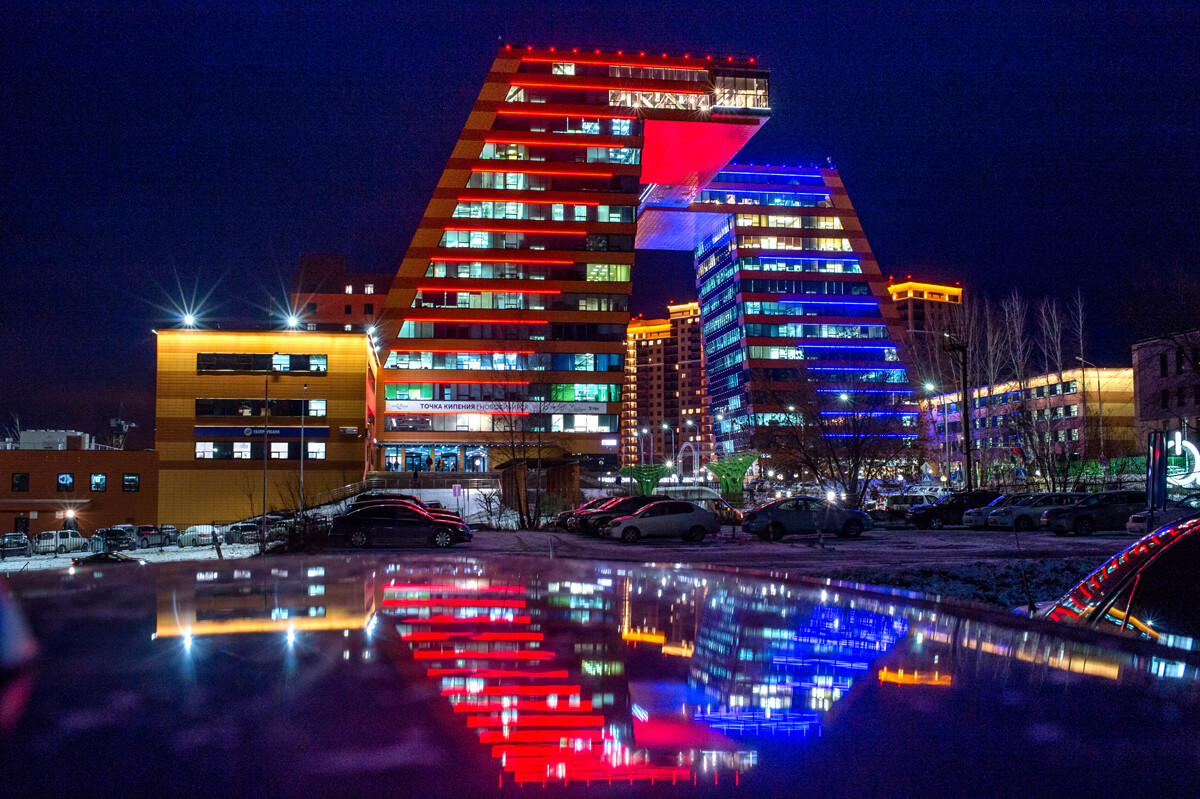
The Akadempark ‘Geese’ towers.
Press photoOne of Academician Lavrentyev’s key ideas was to combine education, science and manufacturing. And there is a site where scientists can set up their own enterprises - the Akadempark, which opened in 2010. It is this country’s biggest technology park, with more than 330 resident companies employing 9,000 staff. The main fields are IT, biotechnology and biomedicine, as well as science-driven instrument making.
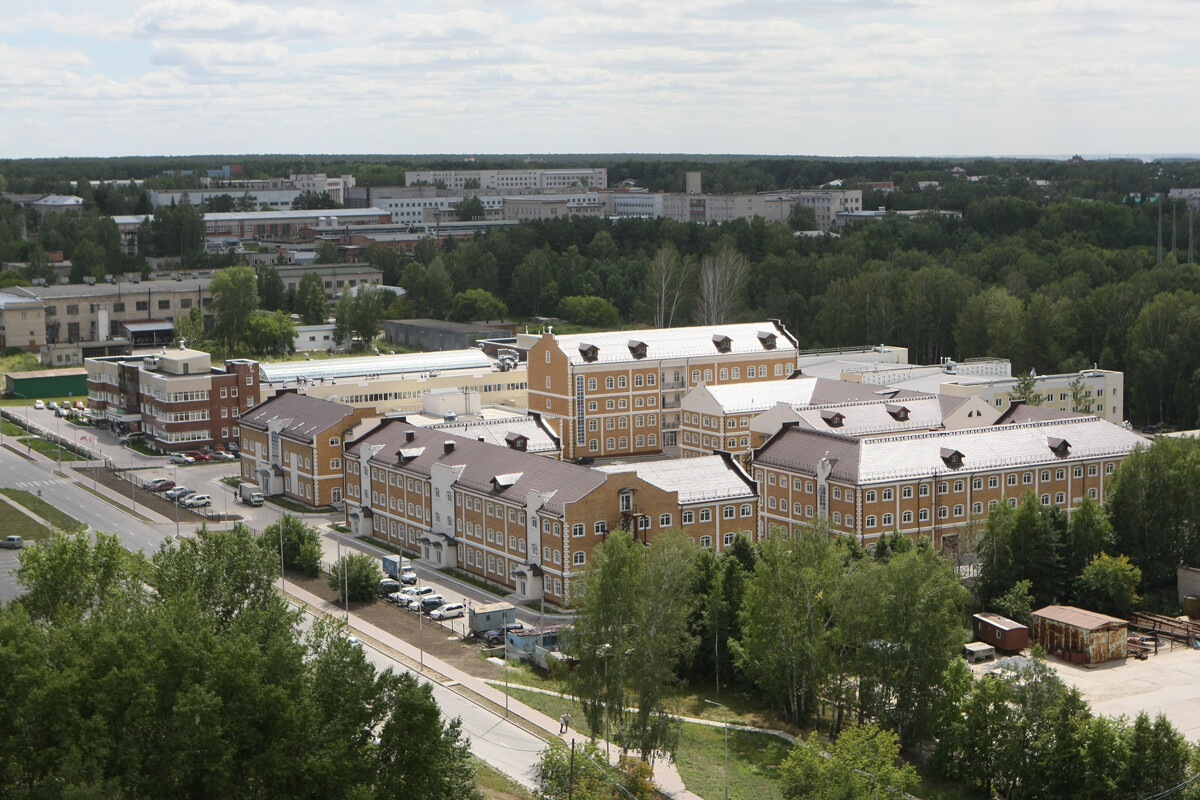
“Oxford District.”
Press photoLarge biotech companies work in European-style low-rise office buildings - in the so-called “Oxford District”. They include, for instance, the developers of Russia’s first coronavirus testing kits. Nearby is the Technology Support Center for the manufacturing companies. And IT specialists occupy two high-rise towers, which everyone fondly refers to as ‘The Geese’ because of their distinctive shape.
A third of the resident companies are startups, for which business incubators have been set up - it’s the same principle as incubators for chicks, only for starter companies.
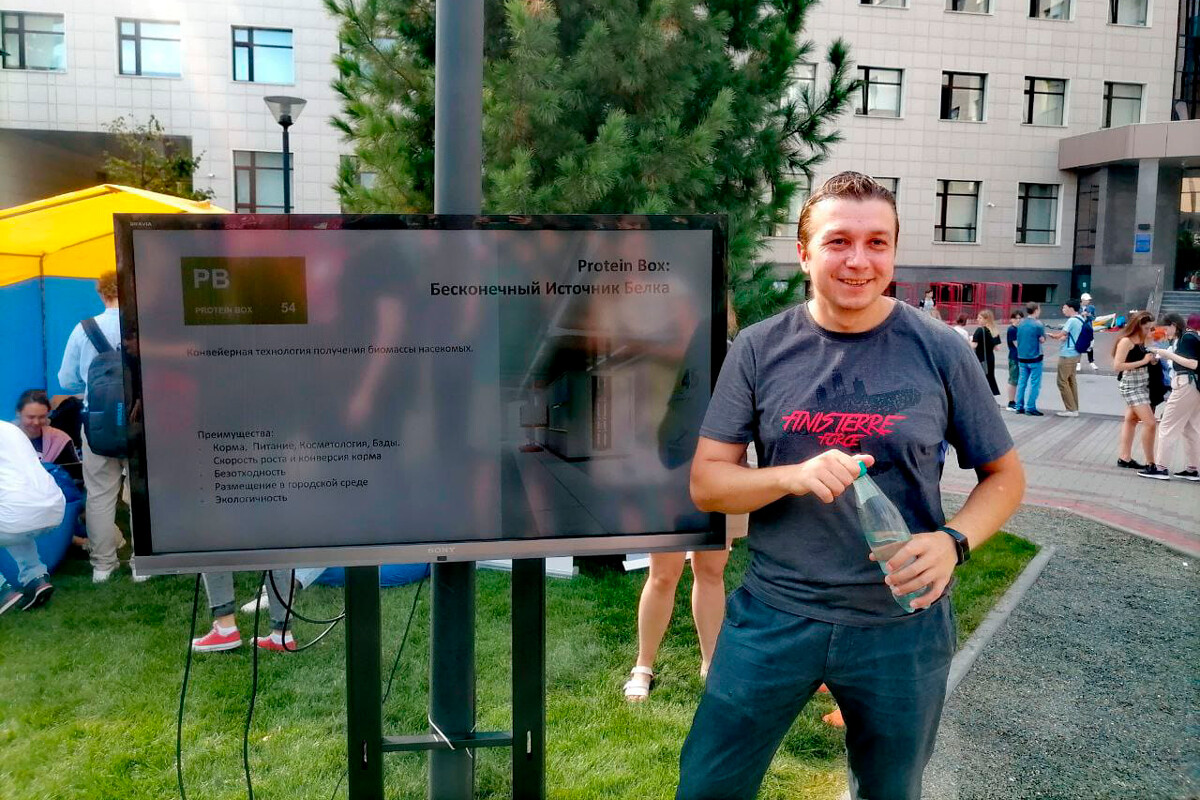
Yevgeny Demidov.
Personal archiveYevgeny Demidov has spent 15 years researching proteins at the Institute of Cytology and Genetics. A couple of years ago, he decided to quit fundamental science and took up… making protein from ordinary house crickets. The extraction of edible protein from insects is a worldwide trend today.
“Everyone asks what a cricket tastes like,” the biologist says. “It actually has no flavor. If you taste the pure powder ground from it, there is a detectable hint of sunflower seeds, but it is effectively pure protein without any particular taste characteristics.”
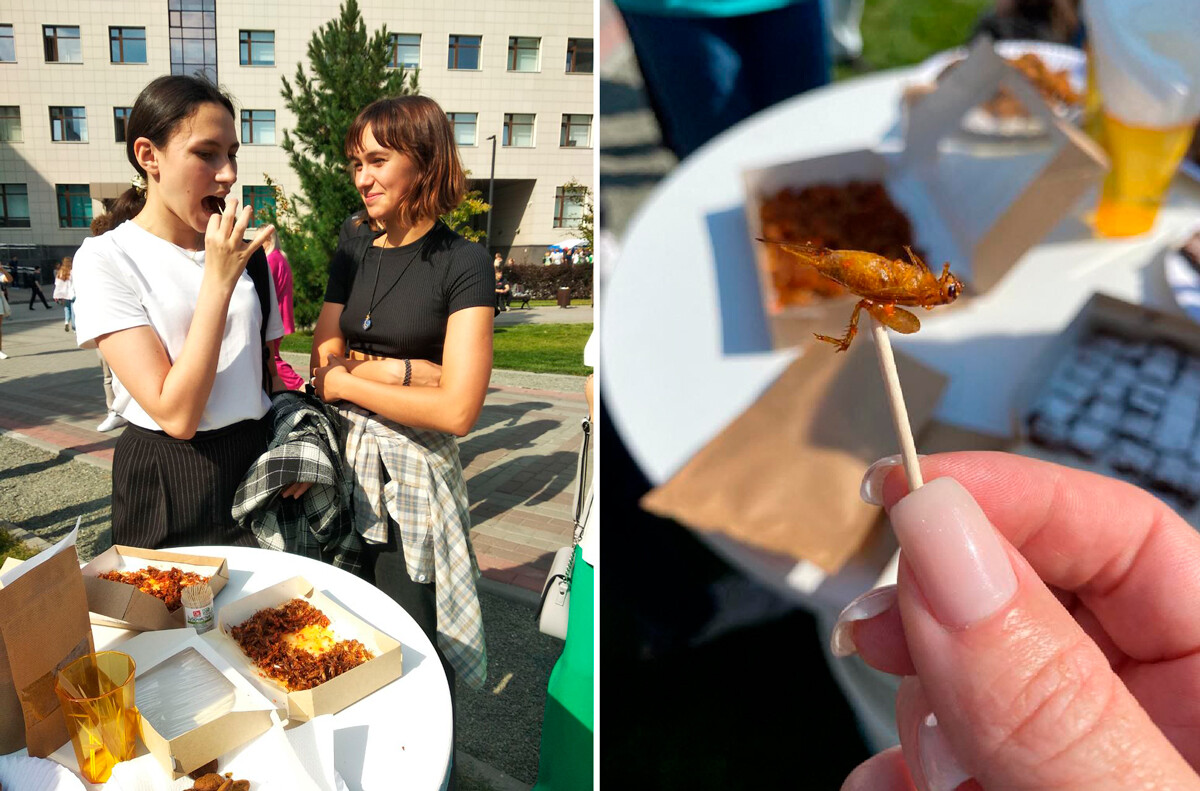
... and his production.
Personal archive“Insects produce a much greater yield than any type of animal husbandry. They have a remarkable density of cultivation - much higher than animal husbandry of any kind, and in addition they involve a fairly compact production area,” Yevgeny says. “Our ‘farm’ extends over just 100 square meters.”
In 2021, when the project was only at the conceptual stage, he applied to the Akadempark and acquired resident company status. After that, they found their first investor, who put in half a million rubles. And things took off from there. For the time being, Yevgeny is using cookies made from cricket “flour” as a sample product, but his plans include making something like protein for athletes from it. Such a product could already be brought to market within a year, he says.
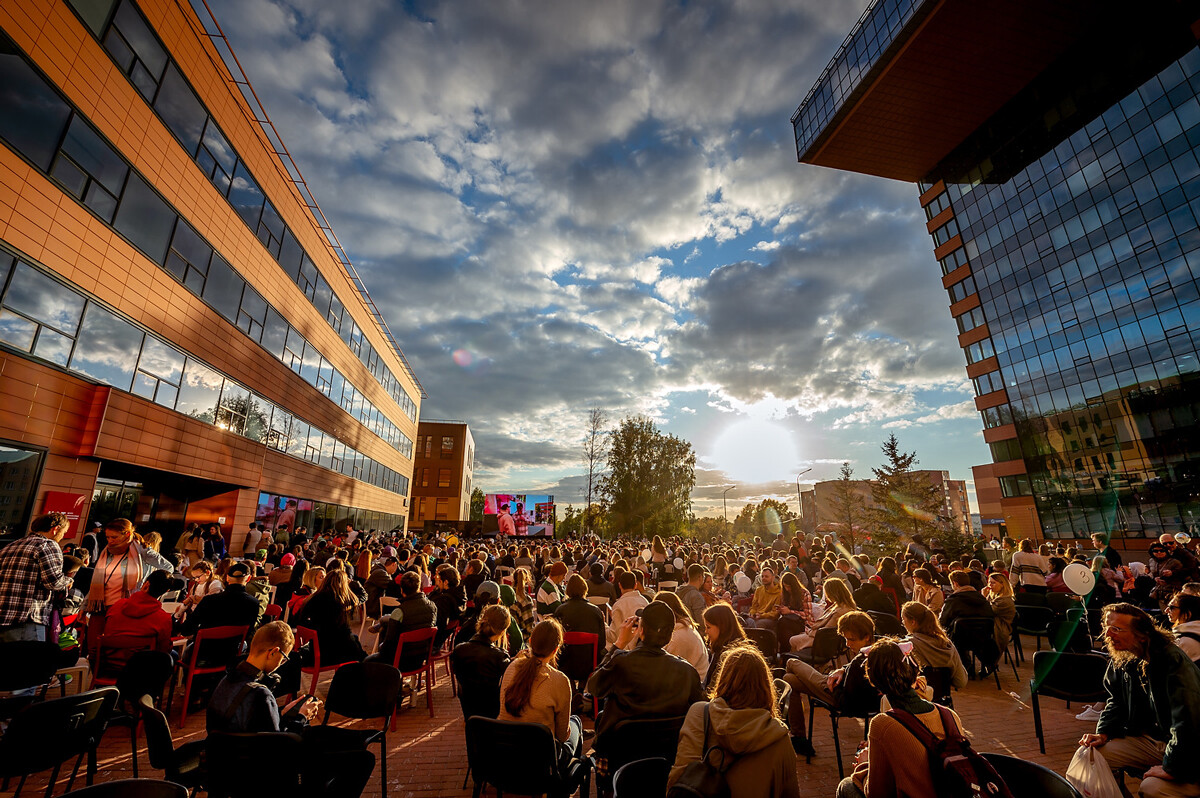
A startup event in Akadempark.
Press photoMore than 20,000 people live in the historic part of Akademgorodok today, but if you take the whole of Novosibirsk’s Sovetsky District, where the science city is located, the figure is six times as high. Because of the high cost of accommodation, young families frequently move to neighboring areas of the city.
A plan for the development of Akademgorodok was drawn up at government level in 2018. The nearby construction of Akademgorodok 2.0, which is destined to become the new scientific capital of Russia, is promised for the coming years. SKIF will be the central project.
Dear readers,
Our website and social media accounts are under threat of being restricted or banned, due to the current circumstances. So, to keep up with our latest content, simply do the following:
If using any of Russia Beyond's content, partly or in full, always provide an active hyperlink to the original material.
Subscribe
to our newsletter!
Get the week's best stories straight to your inbox